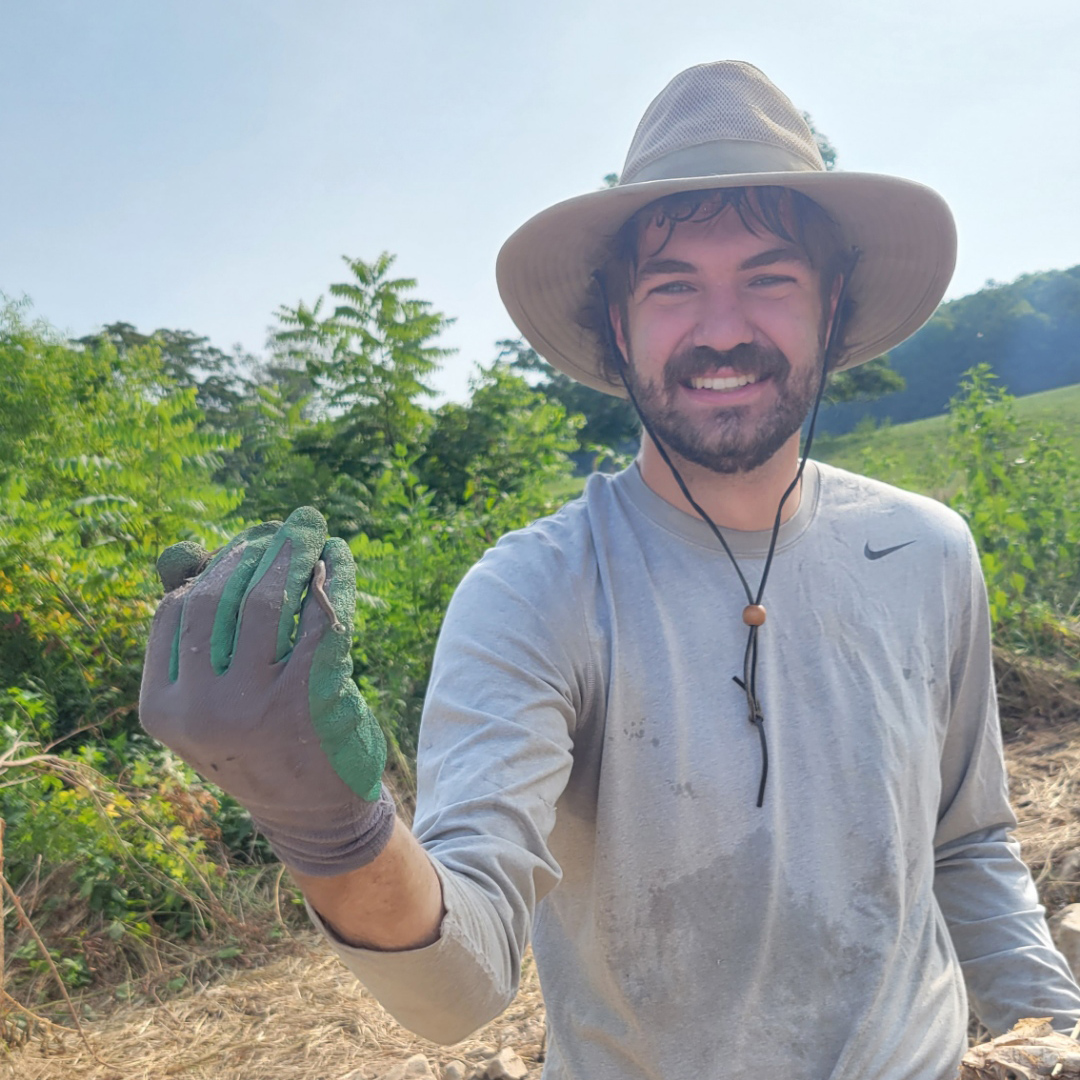From the Stewardship Corner: Words from one of our Land Stewards
In 2020, Wildlands introduced our Land Stewardship Team as an avenue to taking a more holistic and tailored approach to the management of each mitigation site and its unique needs. Wildlands identified the importance of vegetation establishment to long term success in stream and wetland restoration projects, and as a result implemented the stewardship team. These individuals are tasked with facilitating the achievement of site monitoring goals housed within the company. The addition of the stewardship team allows for immediate, dynamic, and ecologically strategic responses to issues relating to the biological integrity of mitigation projects overseen by Wildlands, as well as increased assurance in the quality of stewardship tasks such as invasive species removal, the establishment of diverse native vegetation, and the rehabilitation of soil health.
Our sites have flourished under the watchful eye of our land stewards. They bring their distinct sets of expertise to identify and improve our projects through nature-based solutions. Through the newness of the stream and wetland mitigation industry, it lends itself inherently to innovation. Criteria of stream restoration projects, namely the stability of restored streambanks, converge in the success of the vegetation within riparian buffer zones.
Let’s catch up with one of our land stewards, Andrew Lemon, as he describes his experiences working for Wildlands out of our Raleigh office.
![]() “My first experience with the mitigation industry was as a Land Stewardship Intern at Wildlands over the Summer of 2022. Being able to experience firsthand the knowledge and care with which our stewards handled their sites was inspiring and influential to me personally and professionally. I was incredibly grateful to be offered a full-time position on the stewardship team as a Stewardship Technician upon my graduation from UNC-Wilmington and the opportunity to return to the fold to hone my own skills in restoration focused land management.
“My first experience with the mitigation industry was as a Land Stewardship Intern at Wildlands over the Summer of 2022. Being able to experience firsthand the knowledge and care with which our stewards handled their sites was inspiring and influential to me personally and professionally. I was incredibly grateful to be offered a full-time position on the stewardship team as a Stewardship Technician upon my graduation from UNC-Wilmington and the opportunity to return to the fold to hone my own skills in restoration focused land management.
I found myself especially excited by what the novelty of the Wildlands stewardship model entails, a new form of land management entirely. Stewards are generally able to navigate sites by memory, through thick vegetation and swampy terrain. Stewards are adept in recognizing patterns, and subsequently adapting management strategies to be harmonious with the natural cycles of our sites. Seeding native grasses and forbs in accordance with the rain and timing treatments of invasive species with growth cycles are just a few common examples of ecologically driven land management activities. Sites are not seen as one-size-fits-all generators of stream and wetland credits, but are approached holistically, with a sense of reverence that these crucial ecosystems deserve.
While environmental stewardship existed long before the stream and wetland industry, long before streams and wetlands were impaired to the point of requiring restorative measures, the personal touch provided to sites under the care of Wildlands sets a standard previously unforeseen in the private sector restoration industry.”



